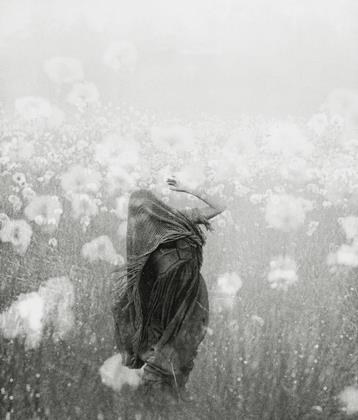Henri Cartier-Bresson
Henri Cartier-Bresson quotes Tolstoy’s War and Peace: "No matter how long or how carefully I observe the hands of my watch, the valves and wheels of a locomotive, or the buds of an oak, I know that I shall not discover what makes bells chime, locomotives move, or spring breezes blow. To learn these things I must shift my viewpoint and study the laws which govern these things.” Cartier-Bresson in his own words states, "The photographer does no more than show the hands of the clock, but he can pick the hours and the miiïüfes. I was there and this is how life appeared to me at that moment.”
There are a multitude of possible moments for a photographer, but what are these moments recorded and presented by Cartier-Bresson?
He has a viewpoint beyond the moment which is the living and working of a prolonged moment. He simultaneously moves in two directions: toward penetration of his subject and toward himself for the continued possibility of functioning in a total and concentrated state. His work is remotely connected with recognition of the facts. He attempts to transcend and deeply penetrate the ordinary by reaching for a new plateau of experience.
I feel a surrealism in his work, a magical coming together of units in a picture. A man sleeps beneath a tree —the tree becomes his dream. People are caught in a maze of light and shadows or the spaces created by buildings. For one moment the buildings shadow light and people become a harmonious dance.
To get the chaos to dance together, he has made himself into a marvelous tool of closely harnessed emotions, aims, and skill. His pictures reveal where his focus actually is—in the deepening and extending of the act of photographing. This internal unity brings the presence to the moment. His "perpetual quest” is the dance and the act, perhaps even the aim of his work.
Paul Caponigro
 View Full Issue
View Full Issue
More From This Issue
-

Book Reviews
Spring 1968 By Jonathan Green, Minor White -

John Spence Weir
Spring 1968 -

The Exhibition Of Photographs: Northern California
Spring 1968 By Margery Mann, Sam Ehrlich -

Manuel Alvarez Bravo
Spring 1968 By Paul Strand -

Contributors
Spring 1968 -

A Portrait For Us Today—And Tomorrow
Spring 1968 By Peter C. Bunnell





















